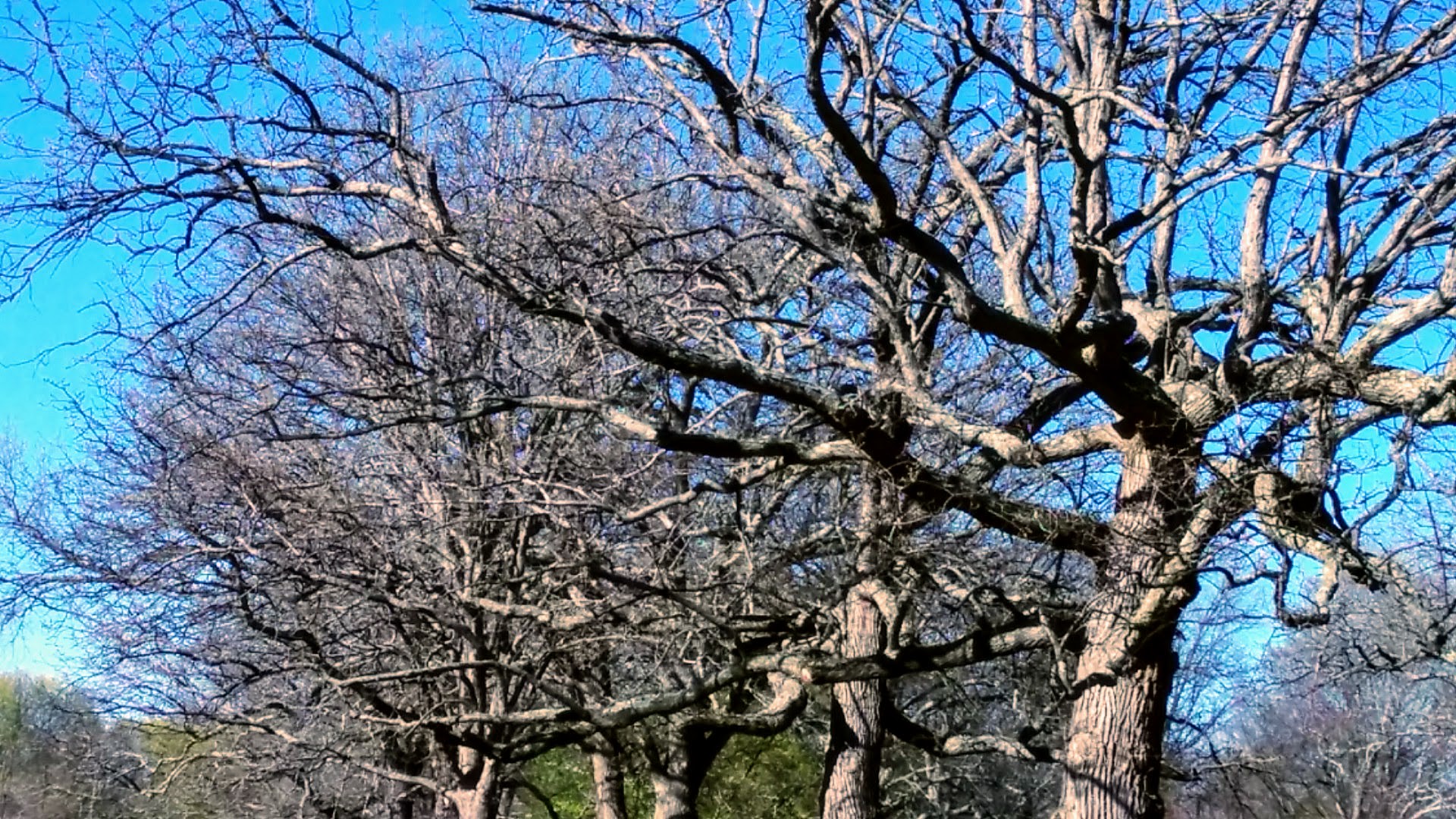
Sometimes you will need to act on tree care quickly because your tree has been labeled “high risk.” Your local township can name your tree high risk, your insurance company can identify the risk, or maybe your neighbors will start complaining. No matter what, there are some things that you need to know about high risk tree care.
The first is that if you have a tree that is dangerous, you should not handle it by yourself. Instead, you should always call a tree care professional. You could hurt yourself or someone else if you try to take care of the tree. Sometimes the risks aren’t apparent and only a trained professional can handle the issue.
Electrical Wires Post Significant Risks
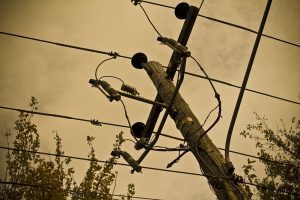
Credit: Joey Deveau
- Usually, your local government or electric company will tag trees near powerlines
- Try to avoid planting trees that will grow into power lines
- As soon as you see a problem, get it taken care of immediately
Allowing trees to become overgrown near electrical lines can be dangerous and a nuisance for you and your neighbors. If the tree falls and knocks down the line, it can take days to get electric restored and often, that work is done at night when you may be trying to sleep. If you see a tree or a branch that is growing too close to electrical wires, have a tree care professional take care of it immediately.
The longer you allow your tree to grow, the more dangerous it will be for everyone involved.
According to the Eastern Ontario website, if you don’t take care of your trees, they will be taken care of by your power company. They say that, “Eastern Ontario Power adheres to the American National Standards Institute (ANSI) A300, Standard Practices for Trees, Shrubs and other Woody Plant Maintenance. This standard (endorsed by the International Society of Arboriculture, the National Arbor Day Foundation, and the Utility Arborist Association) requires tree trimmers to cut branches back to the “parent limb”. This practice allows the pruning cuts to “heal” more rapidly, reducing the chances of insect and disease damage, and promotes a healthier re-growth of branches that are directed away from the power lines.”
Your Home Could Be In Danger
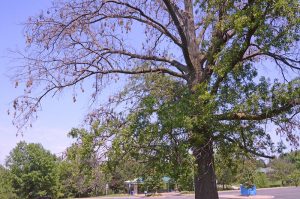
Credit:KOMUnews
- Tree branches and trees can fall onto your roof
- Insurance companies will sometimes require you to cut down trees
- Tree roots can grow into your foundation (in rare cases)
Your roof is in danger of high risk trees too. Too often, branches will fall into roofs and cause damage that cannot be repaired. You will need to get a new roof. The good news is that insurance companies will cover roofs that have been damaged by trees, in most cases, unless it was mentioned to you that the tree was risky.
According to Dryhome.com, you should keep your branches at least six feet away from your roof at all times. This will prevent any problems during storms when branches can fall and get carried by the wind. Remember that the lowest branches aren’t always the ones that break, and they can ricochet onto your roof.
You can talk to a roofing professional or a tree care professional to see if there are any risky branches or trees around your roof.
Branches Can Be Dangerous Too
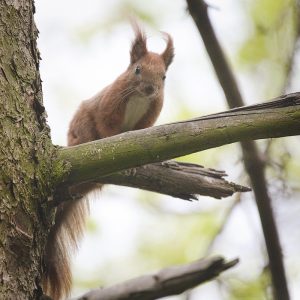
Credit: hedera.baltica
- Branches land on structures and wires more often than trees
- You may not even notice dead branches through the foliage
- Animals can cause rotting and problems that aren’t apparent
As you may have noticed, branches seem to be far more dangerous than trees. We will label any tree with a branch that causes problems as high risk until that branch is removed. The problem is that high risk branches aren’t always easy to spot. If they are higher up in your tree, you may not notice them. If they are lower, you might overlook the problem until it is too late.
One of the best ways to identify problem branches is to know what dead wood looks like. Some of the most obvious signs of dead wood is dying leaves, bark falling off, fungus, and just a general lackluster appearance. To check if a branch is dead, you can scratch the branch to remove some of the outer bark. If it is green underneath, the branch is still viable. If it isn’t, the branch is dead.
According to The Spruce, it will be easiest to tell if a branch is dead in the summer or spring when the inside will be the greenest.
Roots Cause Many Problems As Well
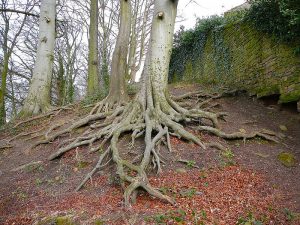
Credit: Tim Green
- Exposed roots can lead to trees that lean
- Roots can be damaged during construction and weaken the entire tree
- Lightning can actually damage roots
You also need to pay attention to the roots of your trees when you try to identify problems.
House Logic explains the problem with leaning trees and roots: “Trees usually don’t grow straight, and a little lean is normal. But when your tree starts looking like the Tower of Pisa because of poor weight distribution or anchor root damage, it’s likely unstable. This is a good time to call an arborist.”
Roots can cause problems that you don’t even see. They can go into your foundation, grow under pools, and grow into sidewalks. As soon as you see problems, try to solve them. The longer you wait, the more risk you pose to your tree and to your property.
If you damage your roots, it may be in your best interest to call an arborist before your tree becomes high risk. We can help to ensure that trees heal properly and the problem won’t get even worse.
If you are looking for a tree care professional in Southern Ontario, give Van Till Tree Care a call today at (705) 653-3777. We will help you to better understand your trees and advise you on particular issues with your high risk trees. We can help you with many other issues that you might find among your trees – from the very top of the tree to the roots, no matter how old they are.
Header photo credit: aslam karachiwala

